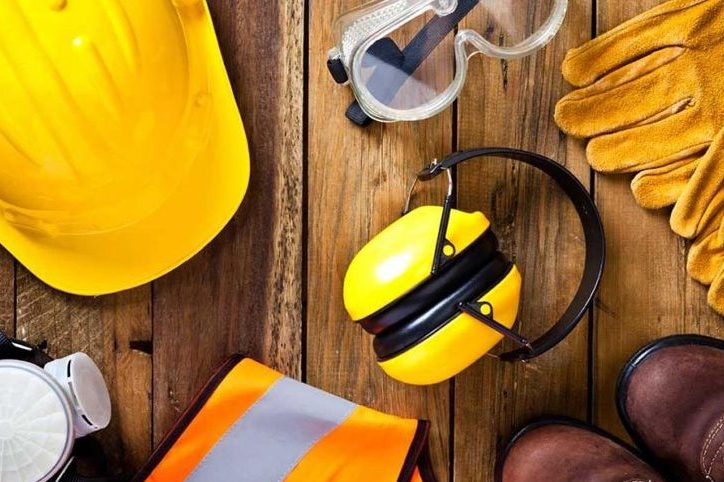Safety in the workplace is non-negotiable, especially in industries where employees face potential hazards daily. To ensure the well-being of your workforce and comply with safety regulations, the use of industrial safety items is imperative. In this blog post, we’ll delve into the significance of these safety items and highlight some essential products that contribute to a safer working environment.
Why Industrial Safety Items Matter:
Protecting Lives: The primary purpose of industrial safety items is to protect the lives and health of workers. Safety items help reduce the risk of accidents and injuries, ultimately saving lives.
Mitigating Risks: In industrial settings, there are various risks, such as falls, chemical exposure, and electrical hazards. Safety items are designed to mitigate these risks and minimize their potential impact.
Legal Compliance: Many industries are subject to strict safety regulations and standards. Using the appropriate safety items not only keeps your employees safe but also ensures compliance with legal requirements.
Essential Industrial Safety Items:
Protective Helmets: Helmets protect workers from head injuries due to falling objects or impact. They are a must-have in construction, manufacturing, and similar industries.
Safety Glasses and Goggles: Eye protection is crucial to prevent injuries caused by flying debris, chemicals, or harmful UV radiation. Safety glasses and goggles come in various forms to suit different working conditions.
Hearing Protection: Noise-induced hearing loss is a common concern in many industrial environments. Earplugs and earmuffs provide essential hearing protection.
Respiratory Masks: Workers in areas with dust, fumes, or harmful gases should use respiratory masks to prevent respiratory problems. Proper filtration is essential for clean air inhalation.
High-Visibility Clothing: Workers in high-traffic areas or low-light conditions should wear high-visibility clothing to ensure they are easily seen by others, reducing the risk of accidents.
Safety Gloves: Protecting hands from cuts, burns, chemicals, and abrasions is vital. Choose gloves designed for the specific hazards in your workplace.
Safety Footwear: Slip-resistant and steel-toed safety shoes offer protection against falling objects, sharp objects, and slippery surfaces.
Training and Maintenance:
It’s not enough to simply provide safety items; proper training on their use is equally important. Regular inspections and maintenance of safety equipment are also crucial to ensure they function effectively when needed.
Promoting a Safety Culture:
Lastly, creating a safety-conscious culture within your organization is essential. Encourage employees to report safety concerns, conduct safety drills, and continually educate your workforce on best practices for staying safe on the job.





